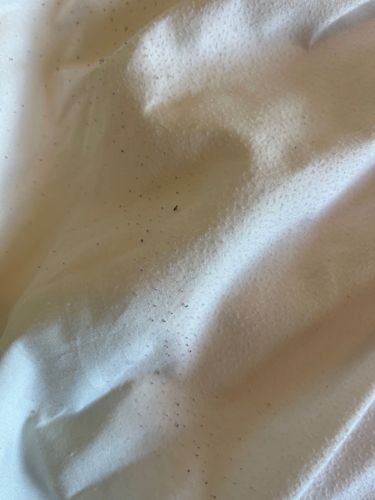Flea (likely Cat or Dog Flea)
Scientific Name: Ctenocephalides felis (Cat Flea) or Ctenocephalides canis (Dog Flea)
Order & Family: Order: Siphonaptera, Family: Pulicidae (for common species like Ctenocephalides felis or Ctenocephalides canis)
Size: Typically 1-3 mm in length, wingless, and compressed laterally (side-to-side).

Natural Habitat
Fleas prefer warm, humid environments. They are often found in pet bedding, carpets, upholstered furniture, cracks in floors, and other sheltered areas within homes. Outdoors, they can inhabit tall grass, sand, and shaded areas where hosts might rest.
Diet & Feeding
Blood (hematophagous) from mammals and birds. They feed by piercing the skin of their host and sucking blood.
Behavior Patterns
Fleas are excellent jumpers, able to leap great distances relative to their size. They are parasitic and spend much of their time on a host, feeding on blood. They can reproduce rapidly, and their life cycle includes egg, larva, pupa, and adult stages. The pupa stage can remain dormant for a long time until conditions are favorable (e.g., presence of a host). They are typically more active in warmer weather.
Risks & Benefits
Risks: Fleas can cause intense itching, skin irritation, and allergic reactions (flea allergy dermatitis) in pets and humans. They can also transmit diseases such as murine typhus and the plague (though rare in developed countries), and act as intermediate hosts for parasites like tapeworms (e.g., Dipylidium caninum). Benefits: In most ecological contexts, fleas are primarily considered pests, with no significant direct benefits to ecosystems or humans. They serve as a food source for some predators, but this is minor compared to their impact as parasites.
Identified on: 8/11/2025